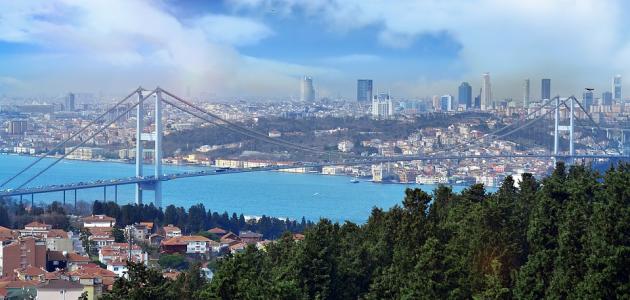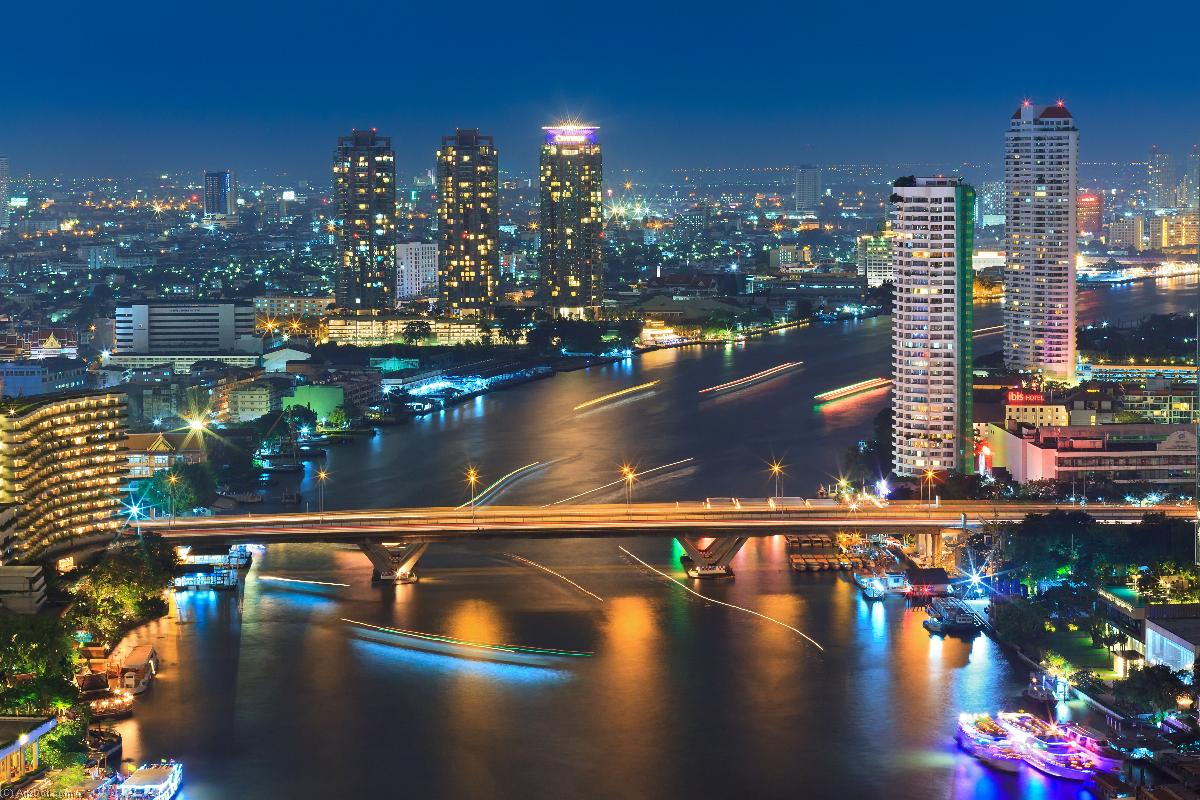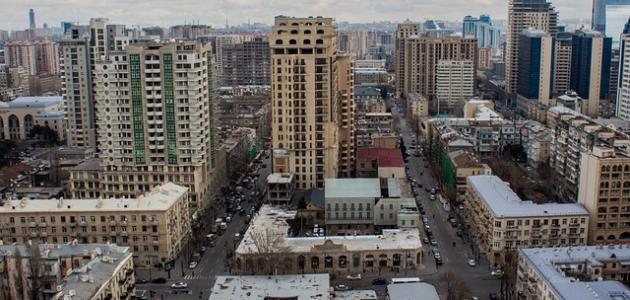Table of Contents
The largest tree in the world
Sequoia is one of the largest trees in the world in terms of size, and one of these giant trees is the largest tree in the world, and it is the tree called General Sherman. General Sherman Tree is located in Sequoia National Park in California in the United States of America. It is estimated to be about 2000 years old, and it is believed to be in the middle of its life, given that it lives more than 3,220 years.
It can be said that General Sherman is not only the largest tree, but also the largest living creature on Earth. The size of General Sherman is about 1.487 m 3, and the tree lost a large branch of its branches in 2006 AD, but that did not change its arrangement as the largest tree in the world, where Its size was calculated based on the size of the stem and not the number of branches, and despite its length that reaches about 83.8 m, the General Sherman tree does not fall in the classification of the tallest tree in the world, because the tallest tree in the world has a length of about 115.7 m.
The giant Sequoia tree is a category of evergreen coniferous plants, the circumference of its trunk reaches 31.1 AD, and many Sequoia trees were planted for decoration in various places around the world from the moment they were discovered in the mid-nineteenth century, and the oldest tree was found in 1852 AD, and after the discovery Giant Sequoia Forests Sequoia has become a modern tree grown in various places outside the range of its spread, and it should be noted that the growth of Sequoia trees in the United Kingdom and in Scotland was rapid.
The origin of the naming of Sequoia trees
Sequoia trees are called Sequoyah, an Native American, specifically from the Cherokee Tribe. Sequoia lived between the years 1767-1843 AD, and established a complete writing system for his people in order to preserve the Cherokee culture that was threatened with extinction because of the strong influence of Western civilization. Thousands of Americans learned to write using the Cherokee system, and this alphabet is still in use today. In 1847, a botanical scientific description of the Coast Redwood tree was first introduced, and the Endlicher chose the Sequoia name for this new type of tree without stating the reason, but it was popularized after that that this designation was in honor of Sequoia. As for the scientific name, it has been chosen as Sequoadendron Giganteum.
Sequoia trees spread
Sequoia trees have been cultivated in many different regions around the world since they were discovered. Today they are spread in North America, South America, Australia and New Zealand. The success of planting them depends on the similarity of the climate of the region where they are grown with the climate of their native habitat in California, they grow well In humid places of Europe such as: the United Kingdom, and parts of Canada, Australia, and New Zealand, while it does not grow well in the eastern parts of the United States of America, and does not grow at all in the tropics or very cold regions, as in Russia or The sniffer parts Mechanism of the Scandinavian countries, in general, the sequoia tree does not bear the warm climate, and do not grow in arid soil.
Sequoia trees grow in North America in the northwest Pacific Ocean; from western Oregon in the north to southwestern British Columbia, as well as in Washington (specifically the Seattle area), and their growth rate in these regions is successful and fast, and Sequoia trees also grow in the northeastern United States American with limited success and slow growth; this is due to the hot climate that can cause fungal diseases of trees, which leads to the lack of success of their growth. In Europe, Sequoia trees are found in the British Isles with a very fast growth rate, as they grow in Scotland in the southwestern part of them, and in England in New Forest, as they grow in northern Italy and southern France, and they can be found in Switzerland, Germany, Belgium, and Denmark.
Sequoia trees grow in Australia, where they were brought in from British gardens and planted their seeds in gardens, such as: Ballarat Botanical Gardens, Jubilee Park in Daylesford, and Cook Park in New South Wales It also grows in New Zealand throughout the southern island of it, in addition to samples from it found in Queenstown.
Facts about Sequoia trees
Here are some of the facts and things that are characteristic of Sequoia trees, namely:
- The Sequoia tree requires a specific climate to grow well. It grows naturally only in the narrow strip of pine forests on the western slopes of the Sierra Nevada Mountains, which is approximately 260 miles long.
- Sequoia trees live more than 3000 years.
- The bark of Sequoia is approximately 3 feet thick.
- The height of the Sequoia tree reaches a height of a 26-storey building.
- Giant Sequoia trees occupy the third place among the perennial trees. The first and second places occupy about 5,000 years old Bristlecone pine trees, and the Allers trees known as Alerce trees-Fitzroya cupressoides).
- Sequoia trees are very strong, they are also resistant to rotting, and they have a thick bark that resists fire and combustion, and their strength is due to the presence of tannic acid in their composition (English: Tannic Acids).
- The hardness of Sequoia trees is closely related to their size and age. They grow because of their strength, and unlike mammals, they continue to grow without stopping as they age.
- Sequoia trees only multiply with seeds. The seeds remain in the cone for 20 years, then cones open and the seeds fall into the soil, so that the trees grow and multiply from them.








